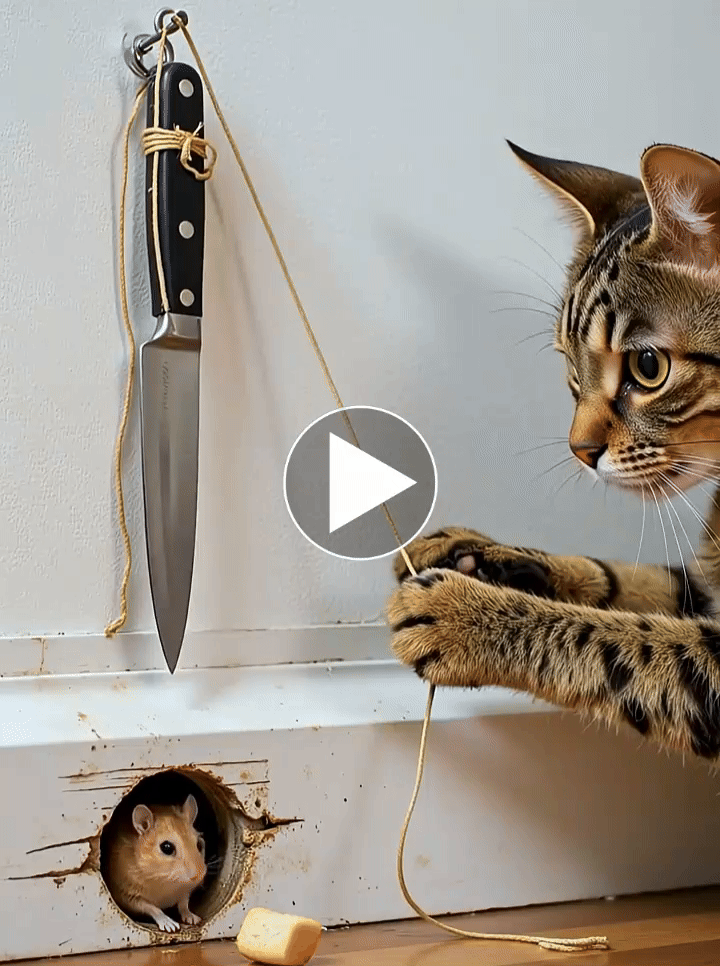The encounter between a red-tailed hawk and a snake is a striking example of the dynamics of predator and prey in the natural world. Red-tailed hawks, known for their impressive wingspan and keen eyesight, are formidable hunters that often soar high above the ground, scanning the terrain for potential meals. Their diet primarily consists of small mammals, birds, and reptiles, making snakes a viable target. When a hawk spots a snake, it can dive at remarkable speeds, using its sharp talons to grasp the snake with precision. This hunting technique showcases the hawk’s agility and strength, as it must quickly assess the snake’s movements and react accordingly to secure its meal.
The snake, on the other hand, relies on its camouflage and stealth to evade predators. Many species of snakes possess patterns and colors that help them blend into their surroundings, allowing them to remain undetected by both predators and prey. When faced with a red-tailed hawk, a snake may attempt to escape by quickly slithering away or hiding among rocks and vegetation. However, if caught off guard, the snake’s options become limited. Some snakes may resort to defensive behaviors, such as coiling up or hissing, in an attempt to deter the hawk. Despite these strategies, the hawk’s aerial advantage often proves overwhelming.
The outcome of such encounters can vary significantly depending on the circumstances. If the hawk successfully captures the snake, it will typically carry it to a perch where it can safely consume its meal. This not only provides nourishment for the hawk but also plays a role in the ecological balance, as it helps control the snake population. Conversely, if the snake manages to evade capture, it can continue to thrive in its environment, contributing to the biodiversity of the ecosystem. This intricate relationship between predator and prey highlights the delicate balance of nature, where each species plays a crucial role in maintaining the health of their habitat.
 Advertisement
Advertisement














Seal Core